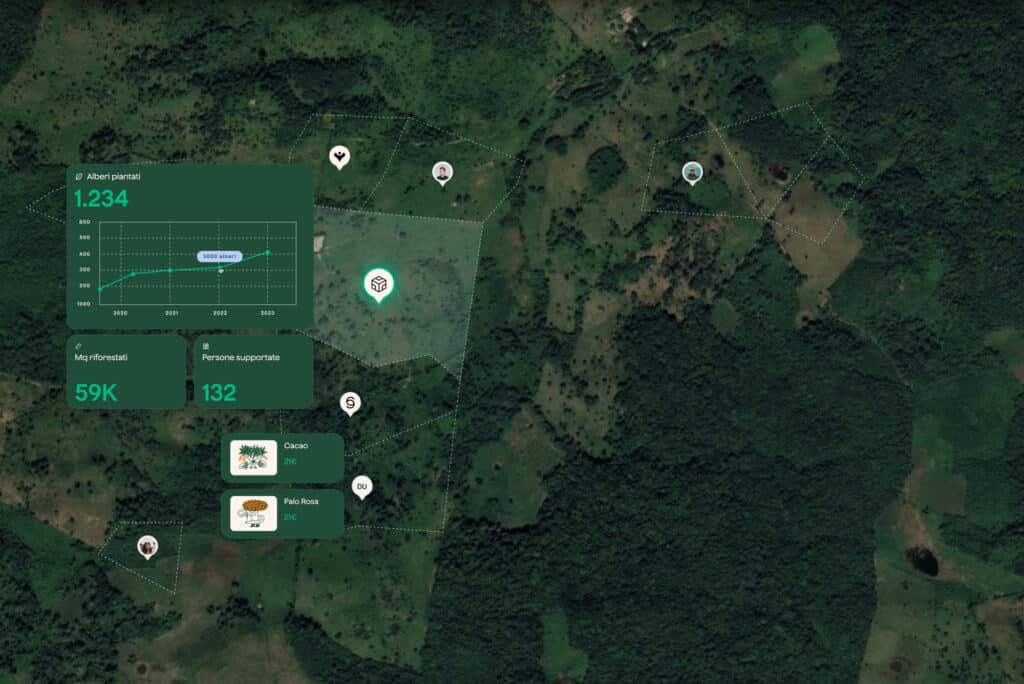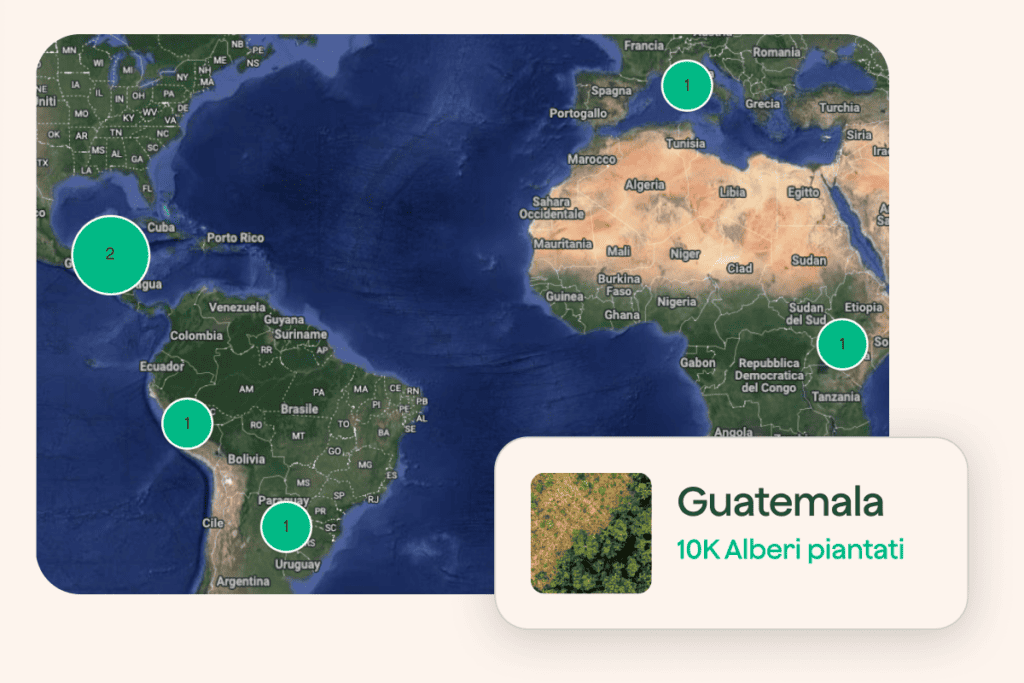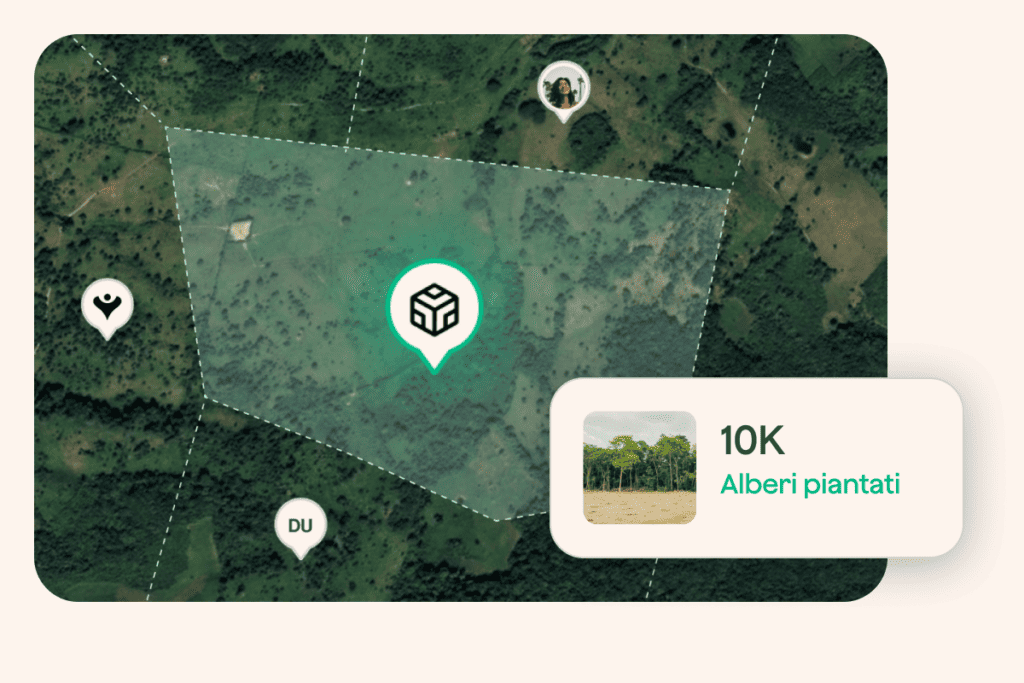The European Union Emission Trading System (ETS) is a tool aimed at industries and developed by the EU to achieve the goal of net zero emissions by 2050.
The mechanism of the EU Emissions Trading System
- The EU Emissions Trading System obliges the industries involved to buy a permit for every tonne of CO2 emitted according to the ‘polluter pays’ principle;
- Industries must buy emission allowances through auctions where the price follows the rules of supply and demand;
- To prevent industries in some hard-to-abate sectors from moving outside the EU, a certain initial amount of allowances were provided free of charge.
Read more
The EU emissions trading system is an instrument for reducing CO2 emissions based on incentive mechanisms and the law of supply and demand. Unlike laws that oblige industries to limit their emissions within defined boundaries or install certain technologies to reduce them, an emissions trading system relies on market mechanisms to ensure maximum efficiency.
In a trading system, unlike the imposition of an emissions tax, an emissions cap is set through the quantity of permits that are issued in the market, while the price of permits is determined by the law of supply and demand.
There are several open debates about emissions trading systems. From an ethical point of view, many object to the very principle of being able to buy the right to produce emissions. From an economic point of view, this instrument has several limitations, including the possibility of speculative bubbles and the need to build an extremely efficient market. In the aftermath of the 2008 financial crisis, the permit price of the EU Emissions Trading Scheme collapsed as demand fell but supply remained unchanged.
The surplus of permits and low prices discouraged companies from investing in green technologies, thus hampering the efficiency of the system. Therefore, in 2015 the EU created the Market Stabilising Reserve – MSR – in which it placed 24% of all allowances from which they could be released in the event of a shortage.
In March 2023, following the shock of the Covid-19 pandemic, the SRM was extended until 2030 to again protect the system from falling prices.











